We may earn money or products from the companies mentioned in this post. This means if you click on the link and purchase the item, I will receive a small commission at no extra cost to you ... you're just helping re-supply our family's travel fund.
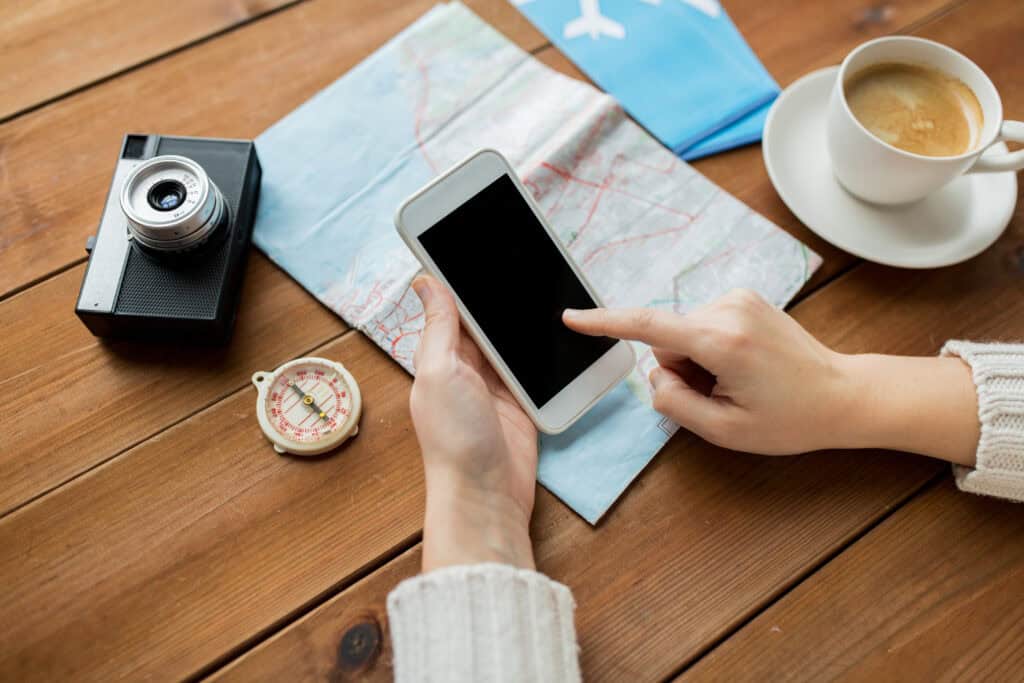
The 1990s left more than mixtapes and film canisters. They left rituals that slowed travel enough to notice a station’s echo, a diner’s neon, a trail’s first switchback. In 2025, those habits return with gentler tech and better safeguards. Paper, patience, and conversation meet offline maps, eSIMs, and smarter payments. What emerges is practical, not precious. Old tools earn new roles, modern tools get kinder. The pace evens out. Trips stop blurring and start feeling lived again.
Paper Guidebooks And Fold-Out Maps, Upgraded With Offline Layers
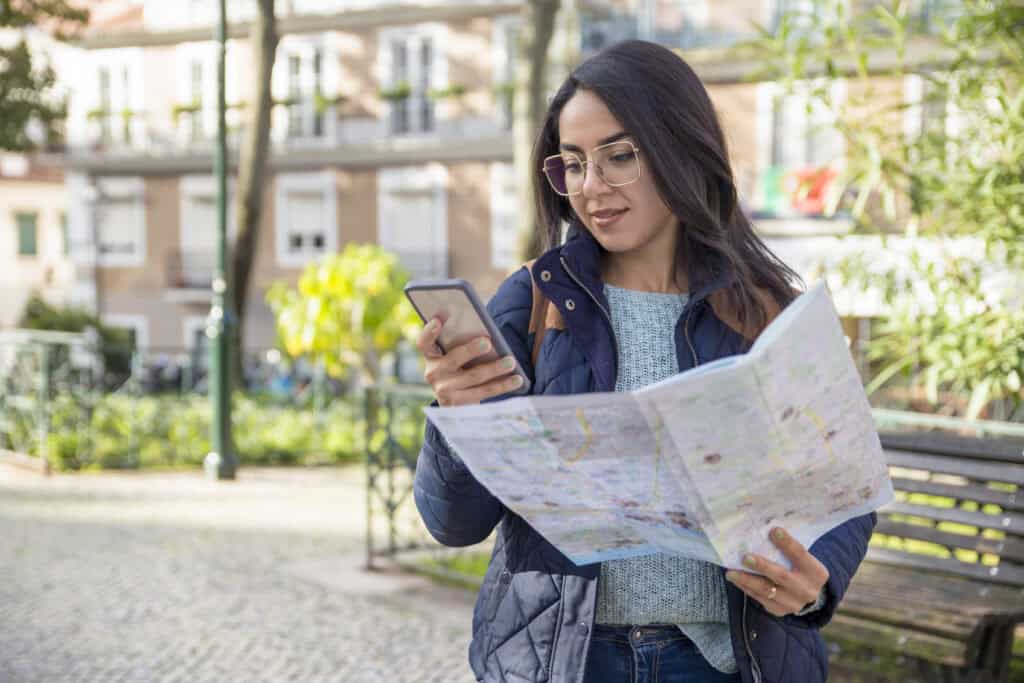
Guidebooks and atlases give shape to regions in a way a live map rarely does. Travelers circle cafés, mark detours, and adjust plans at the table instead of chasing tiny pins. The 2025 layer adds offline maps with elevation, transit alerts, and safety notes that sip battery. Paper keeps the big picture in view. Phones handle precision. The mix lowers stress, limits roaming, and leaves room for curiosity to wander without losing the thread.
Calling Cards And Payphones, Reborn As Wi-Fi Calling And eSIMs
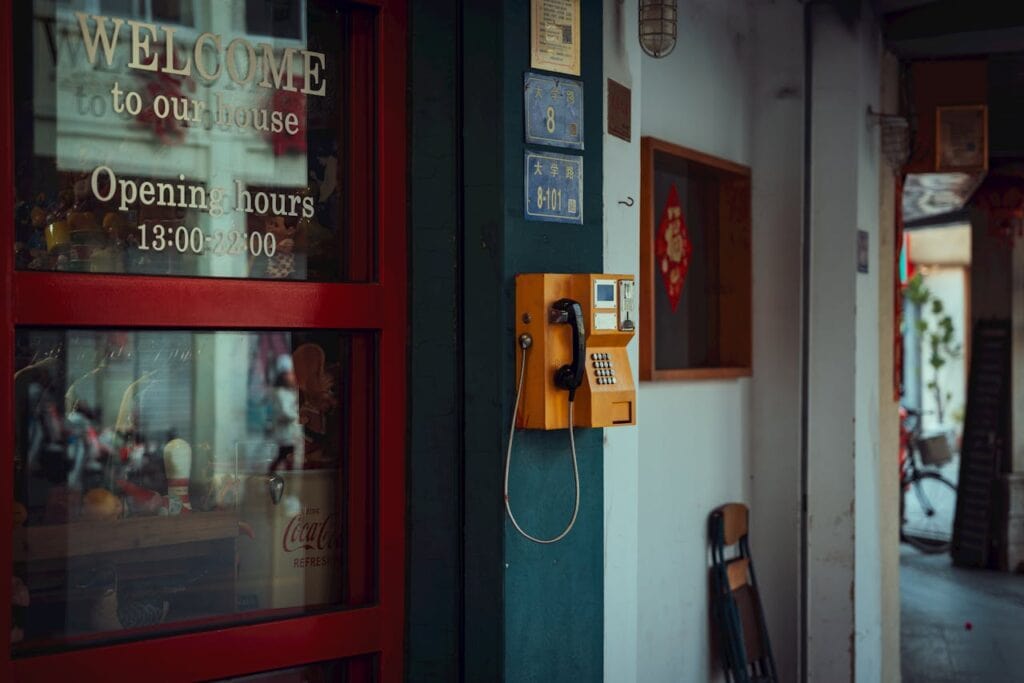
The old ritual was simple: call home at a set time, speak clearly, hang up. That cadence returns through encrypted messengers, Wi-Fi calling, and dual eSIMs that fail over cleanly when towers fade. Contacts live in one place, spam is screened, and number masking protects privacy at check-in desks. The result feels calm and intentional. Fewer pings, fewer dropped calls, and a stable line when plans shift and a quick decision needs a steady voice.
Travelers Cheques And Money Belts, Now Smart Cards And App Locks
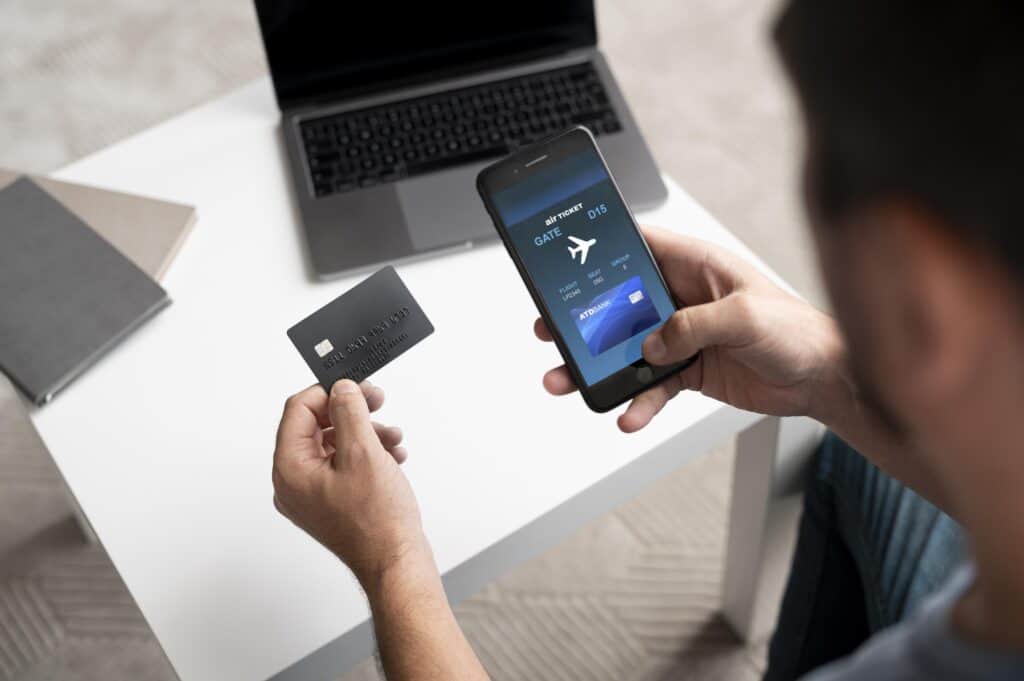
Cheques and nylon belts meant caution. Today, the safer play is a travel card with ATM fee rebates, instant freeze, and geo-locks that block odd charges. Virtual numbers cover one-off bookings, while spend alerts replace nervous pocket checks. Cash still matters for markets and tips, but withdrawals are smaller and timed. Funds stay segmented by category, exchange rates are clear, and dispute teams do the arguing while dinner cools and the receipt prints.
Film Cameras And Disposable Clicks, With Phone RAW And Instant Prints
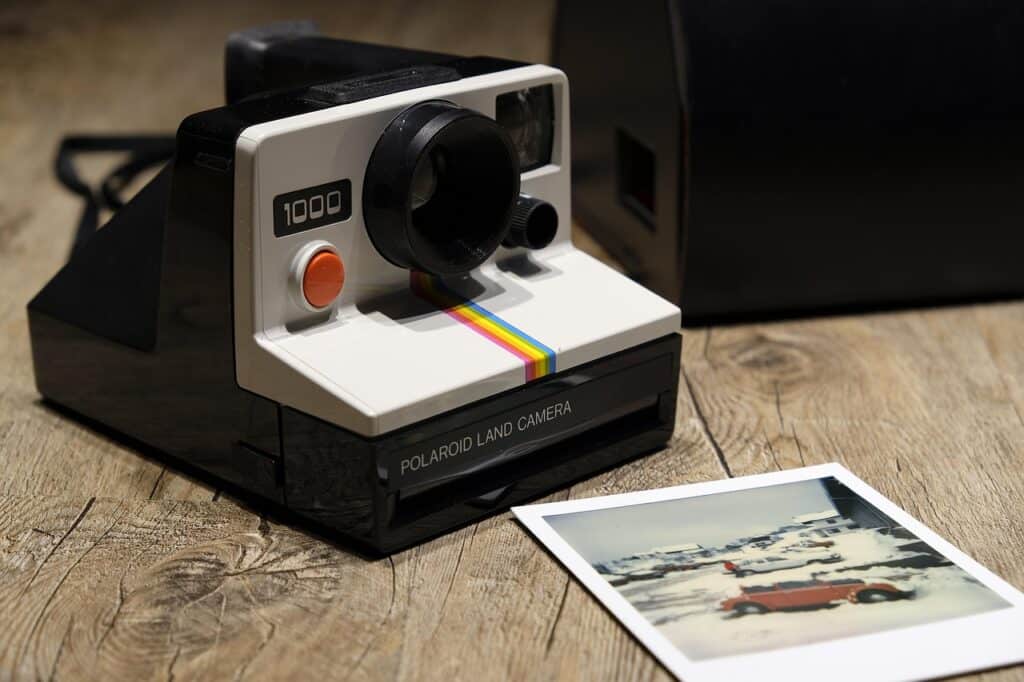
Film trained intention. Choose the frame, commit, wait. The instinct returns with smartphone RAW, gentle film profiles, and palm-sized printers that hand a picture to a friend before the bus leaves. A thrifted compact rides shotgun with a phone that sees in low light. Albums become short photo books, not infinite clouds. Fewer shots, better edits, and images that remember air, texture, and distance instead of adding to a scroll that forgets.
Postcards And Aerogrammes, Now Print-From-Phone With Local Stamps

Mail timed a trip in the 90s. That charm survives with print-on-demand kiosks, small post counters, and local art cards that carry place as well as news. Addresses live in an app, handwriting stays human, and stamps still thump with a satisfying mark. Notes are short and honest. Ferries, markets, and bus depots turn into micro post offices. The keepsake lands on a fridge, not a feed, and keeps telling the story after the tab closes.
Travel Agents On Speed Dial, Recast As Human Advisors With Live Tools

Agents once navigated hold music and fare rules by memory. In 2025, the same skill runs on live airline tools, disruption dashboards, and waiver alerts that beat a kiosk. Advisors protect elite perks, spot risky connections, and route around strike calendars. Messages stay human, fees act like insurance on bad weather days, and rebooking happens while the line to customer service barely moves. Knowing a name still matters. The software just works in the background.
Hostels And Bulletin-Board Meetups, Evolved Into Safer Social Stays

Hostels return with design that respects sleep and safety. Think quiet pods, women-only rooms, real lockers, and staff who run events on verified boards instead of thumbtacked notes. Cook-alongs, language swaps, and walks are organized and accountable. Payments stay on platform and IDs are checked. The long tables remain, now with better lighting and linen standards. The spirit of budget and community survives, made sturdier by policies that treat care as part of hospitality.
Road Atlases And AAA TripTiks, Now Offline GPS And Scenic Routing
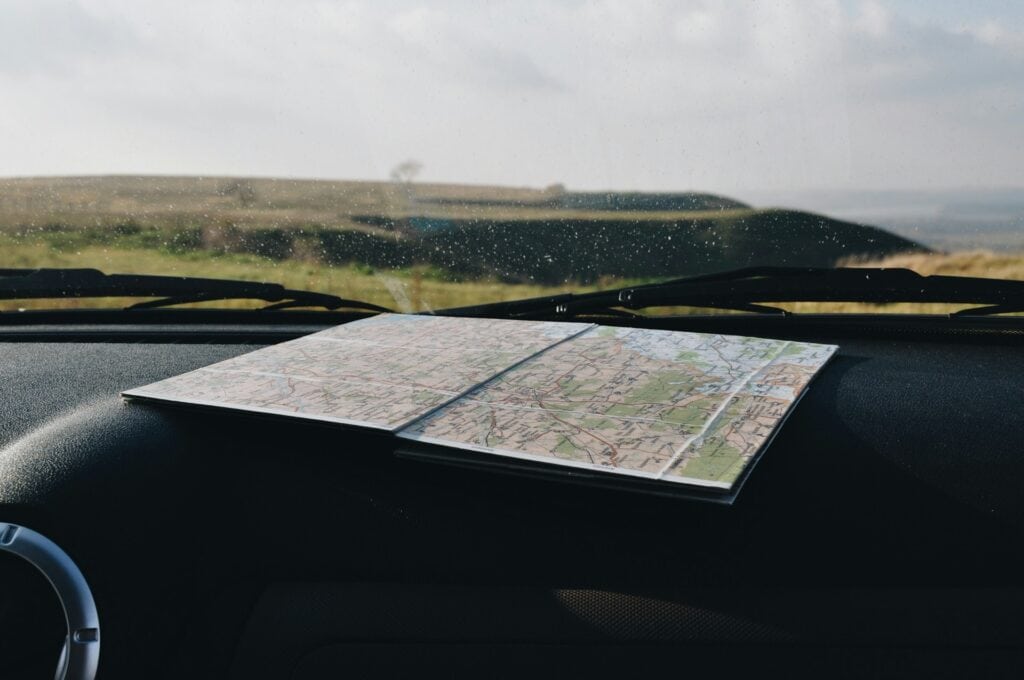
Atlases taught how counties connect. TripTiks turned unknown highways into strips of confidence. The 2025 version is offline GPS with scenic layers, hazard alerts, and EV planners that know grade, wind, and charger reliability. Printed notes ride shotgun for pie stops and lookouts circled in pen. The car feels prepared instead of reactive. State lines, two-lane detours, and picnic pullouts return to the script, earned by planning that respects both time and terrain.
Camcorders And Home Movies, Now 4K Phones With Gentle Edits
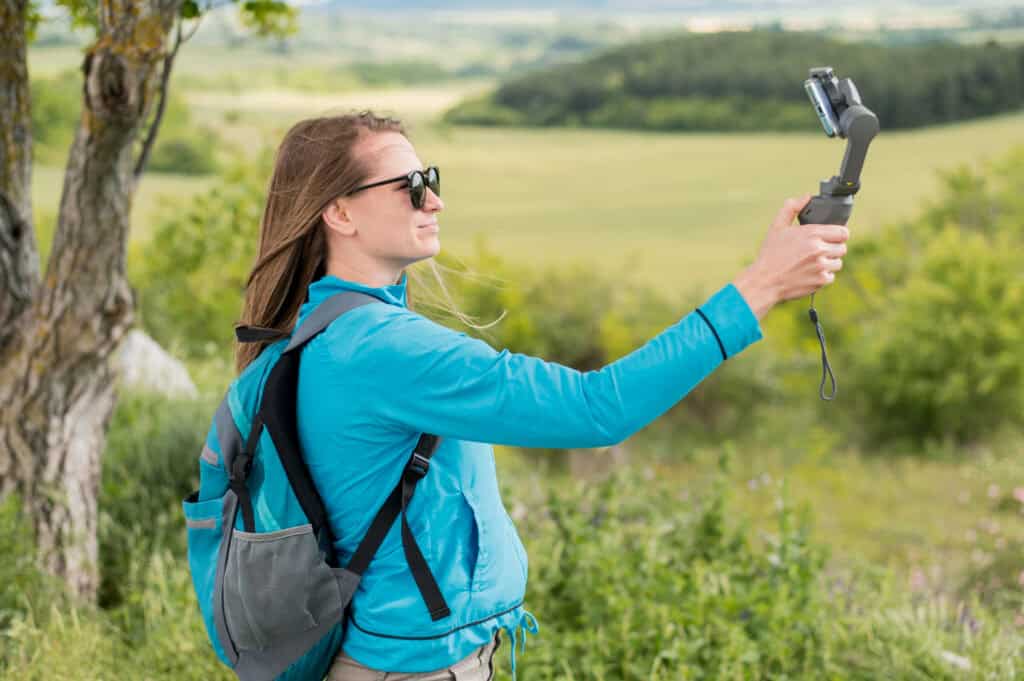
Families once carried camcorders like an extra guest. Phones now shoot steady 4K with clean sound, while small gimbals and mics keep motion honest. Editing happens on a tray table, trimmed to minutes people actually watch. Clips collect into short reels with dates and maps that anchor memory. The rule holds: capture the laugh, the wave, the night train’s glow. Keep it brief. A memory improves with focus, not a 20-minute runtime.